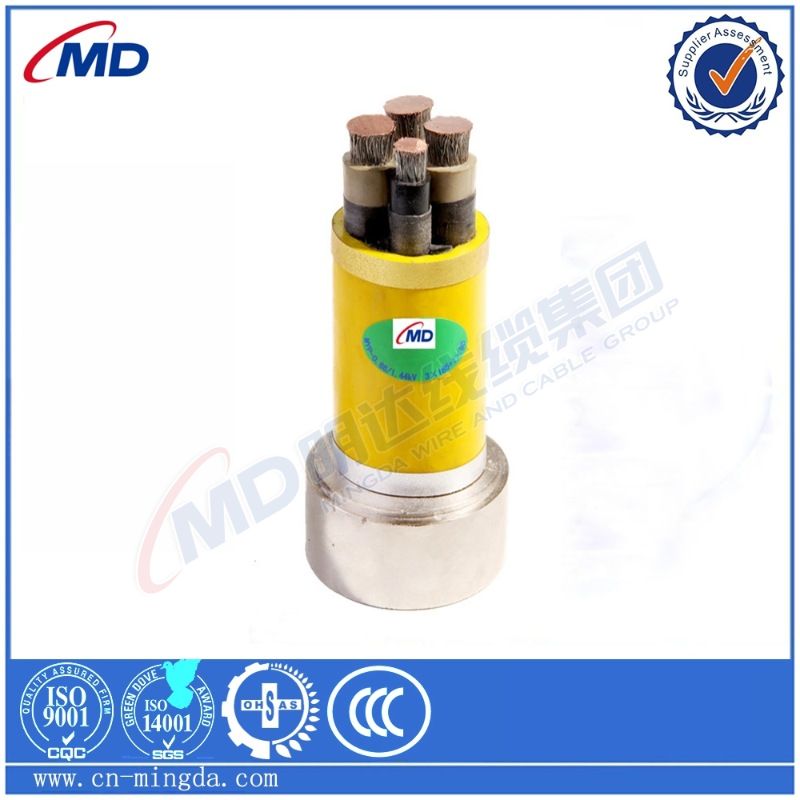Nov . 09, 2024 06:55 Back to list
Flanged Ball Valve Design and Applications in Industrial Systems
The Flanged Ball Valve An Essential Component in Fluid Control Systems
In various industrial applications, controlling the flow of fluids is paramount. One of the most effective means of doing so is through the use of valves, which serve as critical components in fluid systems. Among the many types of valves available, the flanged ball valve stands out for its design, functionality, and versatility. This article explores the essential aspects of flanged ball valves, highlighting their features, advantages, and typical applications.
What is a Flanged Ball Valve?
A flanged ball valve is a type of quarter-turn valve that uses a spherical closure element (the ball) to control the flow of fluid. The valve body is designed with flanges that facilitate easy connection to piping systems. These flanges ensure a secure and leak-proof seal, making flanged ball valves particularly suitable for high-pressure and high-temperature applications.
Design Features
The key design feature of a flanged ball valve is its spherical disc, which has a hole (or port) at its center. When the valve is open, the port aligns with the flow path, allowing fluid to pass through. When the valve is closed, the solid part of the ball blocks the flow. This simple yet effective design enables rapid operation, requiring only a quarter turn to switch between open and closed positions.
Flanged ball valves are constructed from various materials, including stainless steel, carbon steel, and brass, allowing them to withstand a range of corrosive and abrasive substances. The choice of material typically depends on the specific application and the fluid being controlled.
Additionally, flanged ball valves can come with different sealing mechanisms, such as soft-seated and metal-seated designs
. Soft seats offer superior sealing capabilities, while metal seats provide higher durability in extreme conditions.Advantages of Flanged Ball Valves
1. Ease of Installation The flanged design allows for straightforward installation and maintenance. The flanges can be bolted to the piping system, eliminating the need for additional fittings.
flanged ball valve

2. Durability and Reliability Flanged ball valves are built to last. Their robust construction can handle high pressures and temperatures, making them suitable for a variety of demanding environments.
3. Low Flow Resistance The straight-through design of the ball valve minimizes turbulence and pressure drop, allowing for efficient fluid flow. This characteristic is particularly important in applications where maintaining system pressure is crucial.
4. Quick Operation With just a quarter-turn mechanism, flanged ball valves can be opened or closed quickly, making them ideal for emergency shut-off applications and processes requiring rapid flow control.
5. Versatile Use Flanged ball valves can be used in various applications, including water supply systems, oil and gas pipelines, chemical processing, HVAC systems, and more. Their versatility makes them a favored choice among engineers and system designers.
Applications
Flanged ball valves are ubiquitous across numerous industries. In the oil and gas sector, they are used to control the flow of crude oil, natural gas, and other hydrocarbons. In water treatment plants, these valves regulate water flow and are critical for maintaining system integrity.
Chemical plants also utilize flanged ball valves to handle aggressive fluids that require precise flow control. Moreover, in HVAC systems, they are employed to manage heating and cooling fluids, contributing to the efficiency of climate control systems.
Conclusion
Flanged ball valves play a vital role in fluid management systems across diverse industries. Their unique combination of durability, ease of installation, low flow resistance, and rapid operation makes them indispensable in applications demanding high reliability and performance. As industrial processes continue to evolve and become more complex, the significance of such reliable components as flanged ball valves will undoubtedly grow, ensuring efficiency and safety in fluid control. Understanding the functionality and advantages of these valves can aid engineers, operators, and decision-makers in selecting the right component for their specific needs, leading to optimized processes and enhanced operational efficacy.
Share
-
Reliable Wafer Type Butterfly Valves for Every IndustryNewsJul.25,2025
-
Reliable Flow Control Begins with the Right Ball Check ValveNewsJul.25,2025
-
Precision Flow Control Starts with Quality ValvesNewsJul.25,2025
-
Industrial Flow Control ReliabilityNewsJul.25,2025
-
Engineered for Efficiency Gate Valves That Power Industrial PerformanceNewsJul.25,2025
-
Empowering Infrastructure Through Quality ManufacturingNewsJul.25,2025


